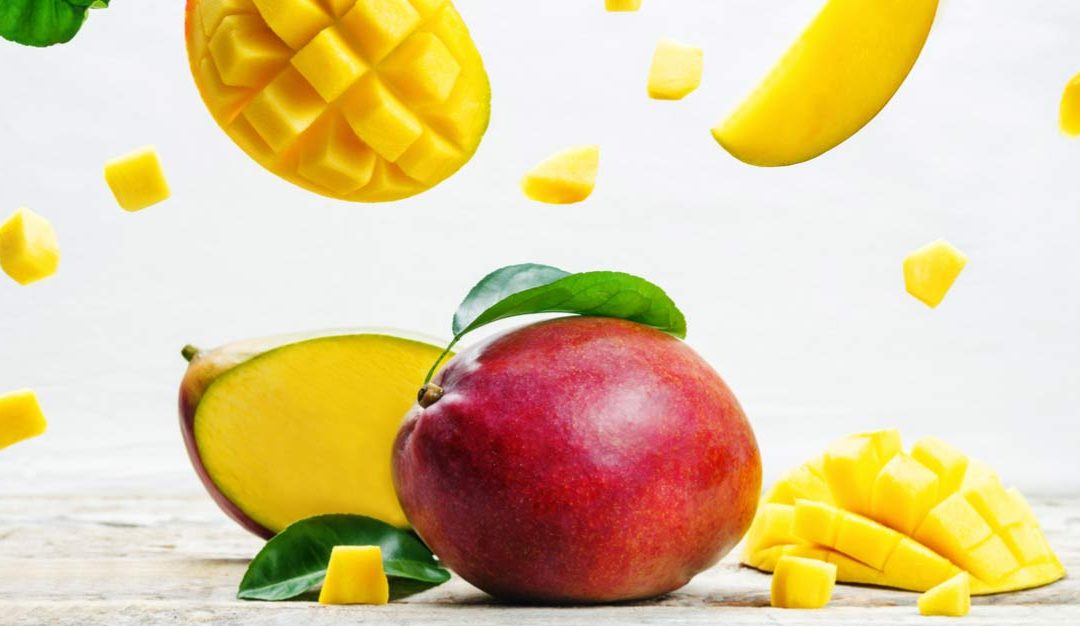Cannabis is a beneficial treatment for a wide array of medical conditions because of the high variety of compounds found inside each plant. These compounds are found at different levels in each chemovar (strain) and vary by genetics and unique grow conditions. Patients just getting started are encouraged to always start low and go slow when consuming cannabis and keep a journal or log as they begin their treatment.
One of the biggest reasons so many patients want the cannabis industry to be regulated is because of product integrity — they want to know what’s inside their medicine. Lab results should list compounds found inside the sample such as cannabinoids, pesticides, metals, mold, and terpenes.
Terpenes are the essential oils found in cannabis and other plants and, in collaboration with cannabinoids, are responsible for the more nuanced effects of cannabis. Samples containing 0.5% or more myrcene, the most abundant terpene in cannabis, are considered more sedating. Myrcene has an earthy, musky scent and is found in ylang-ylang, parsley, hops and bay leaves.
Myrcene is also found in very high amounts in mangoes and is produced by the decomposition or pyrolysis of β-pinene from turpentine.
A 1990 study showed myrcene to have a pain-relieving effect on mice. Another study from 2002 found myrcene combined with limonene increased sleeping duration by up to 2.6 times. If you’re interested in the science of terpenes, a great place to start is Dr. Ethan Russo’s pivotal paper: Taming THC: potential cannabis synergy and phytocannabinoid-terpenoid entourage effects.
In “Taming THC”, Dr. Russo goes in-depth into how terpenes and cannabinoids work together synergistically to produce the plant’s effects. This phenomenon, called the “entourage effect” explains why patients respond better (and humans prefer) whole-plant cannabis to isolated CBD or THC.
Myrcene is only one of over 200 terpenes found in cannabis varieties. As medical cannabis gains momentum we will learn more about each of them. For now it’s important to continue learning everything we can and sharing the findings with others.
REFERENCES
Winningham J., PharmaD. Low & Slow, Limiting Side E ects & Interactions. Ounce Magazine. 2017, November 7.
Learn About Terpenes. 2017, August 24. https://www.sclabs.com/terpenes
Myrcene Biosynthesis and Production. https://ipfs.io/ipfs/QmXoypizjW3WknFiJnKLwHCnL72vedxjQk- DDP1mXWo6uco/wiki/Myrcene.html
RAO, VS. Effect of Myrcene on Nocieption in Mice. PubMed. 1990, December 24. https://www.ncbi.nlm.nih.gov/pubmed/1983154
do Vale TG. Central effects of citral, myrcene and limonene, constituents of essential oil chemotypes from Lippia alba (Mill.) n.e. Brown. PubMed. 2002, December 9.
Russo E., MD Taming THC: potential cannabis synergy and phytocannabinoid-terpenoid entourage effects. National Institutes of Health. 2011, August. https://www.ncbi.nlm.nih.gov/pubmed/12587690
